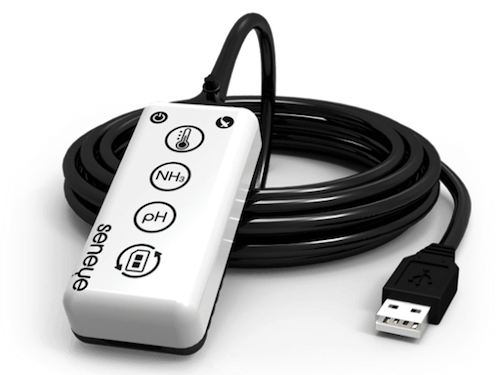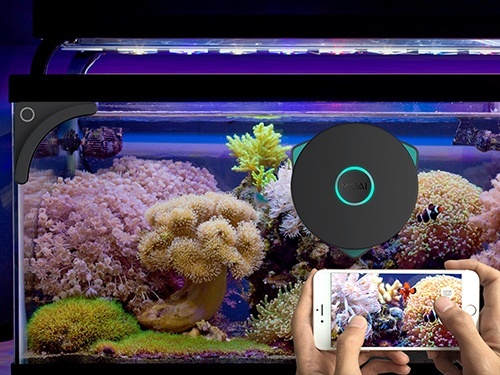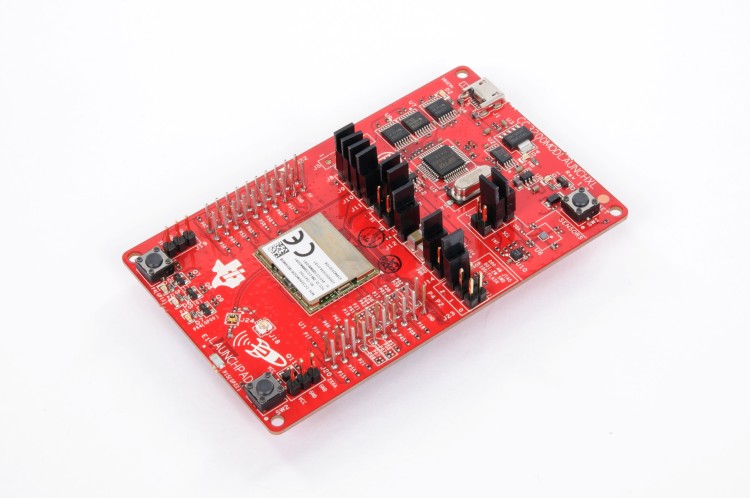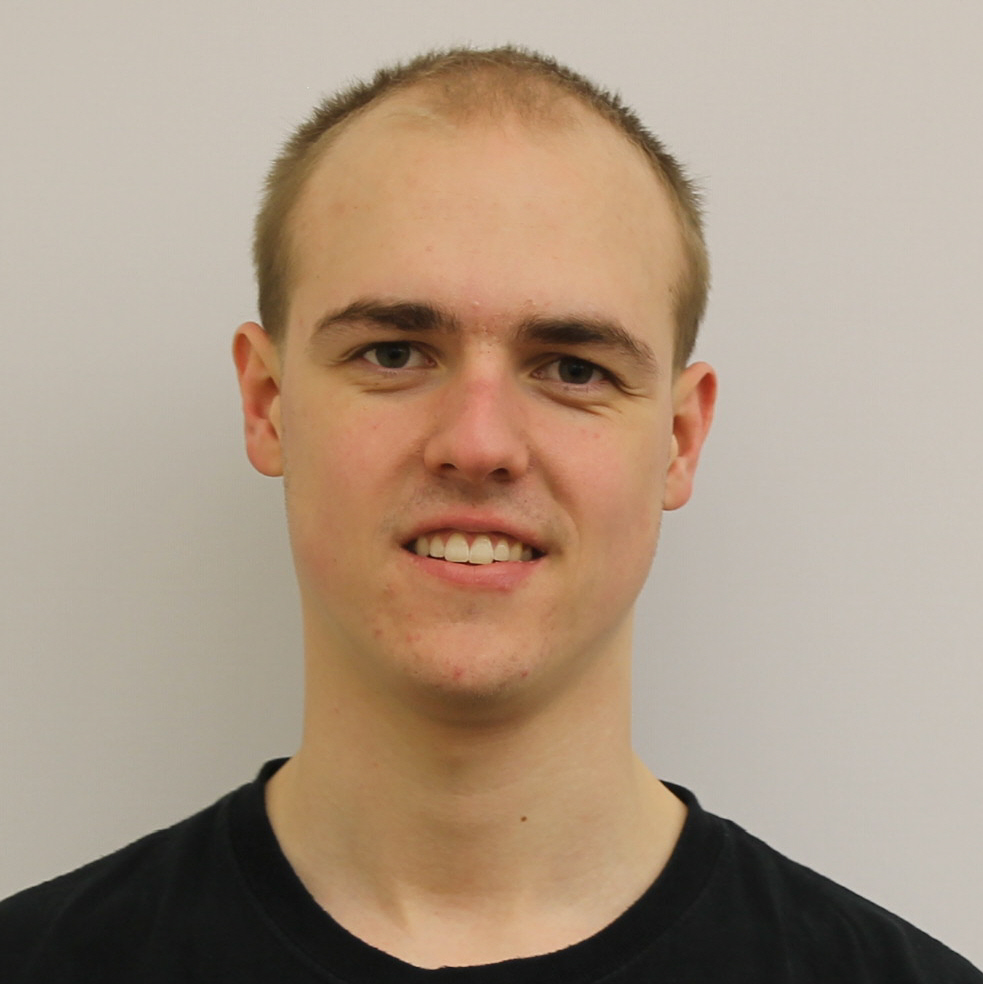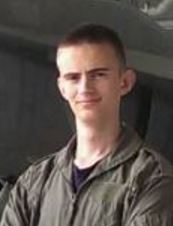Freshwater aquariums with live plants, both with and without fish, are a fun hobby,
but often inaccessible due to the technical difficulty required to maintain an
environment that promotes the health and growth of plants while maintaining a safe environment in which fish
can live. Current methods, for CO2 in particular, require a work-intensive process involving measurements with chemical test strips combined
with manual tuning and regular monitoring to maintain ideal values.
Our system lowers the barriers to entry for those interested in owning planted aquariums. Using our system, the user will need
less technical knowledge about aquarium upkeep as well as freeing them from this work-intensive process by automating each step according to
given parameters.
